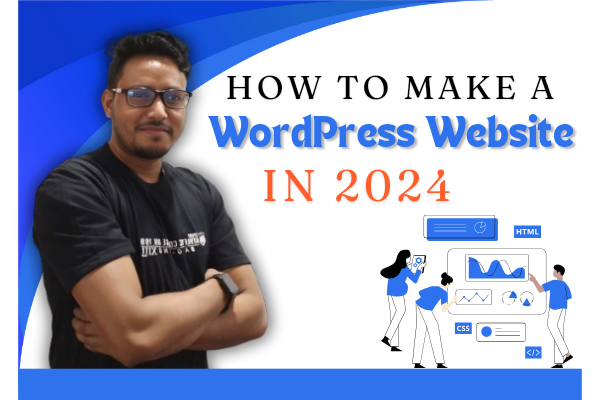1. Introduction to WordPress in 2024
If you want to make a website for your business then this is the right post for you. With the help of WordPress, you can make a better and attractive WordPress website for your business.
Table of Contents
• Overview of WordPress
WordPress continues to be one of the most popular website-building platforms, accounting for over 40% of the internet. Its open-source nature means anyone can use it for, though many choose invest in premium themes and plugins. In 2024, WordPress has evolved by improving usability and expanding its functionality, making it more user-friendly for beginners and powerful for seasoned developers alike.
• Why Choose WordPress for Your Website?
Choosing WordPress means choosing flexibility, community support, and an abundance of resources. Whether you’re blogging, creating a portfolio, or setting up an online store, WordPress has the tools to meet your needs. Its vast library of themes and plugins can help you customize your site, while its strong SEO abilities can improve your visibility in search engines.
• Features of WordPress in 2024
WordPress in 2024 brings exciting features such as the block editor (Gutenberg), which allows for more intuitive content creation. Enhanced accessibility, new security protocols, automated updates, and integrated analytics tools add to its appeal. Also, advancements in theme customization and a broader selection of plugins make it a breeze to set up a site tailored to your needs.
2. WordPress website maintenance
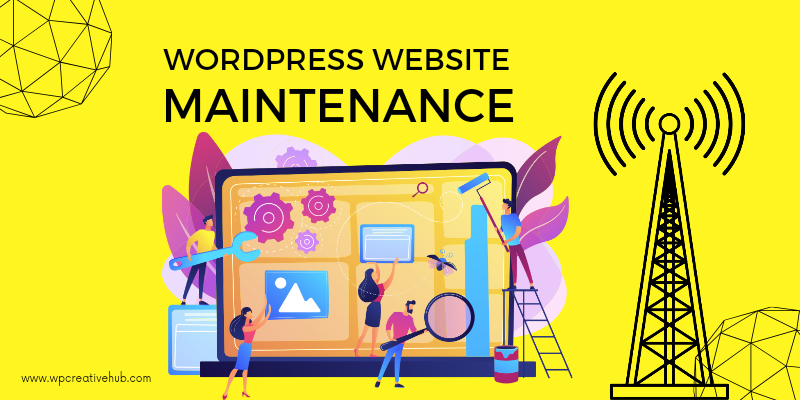
• Defining Your Website’s Purpose
Before diving into the technical side, think about the purpose of your website. Are you looking to share your thoughts, showcase your work, or sell products? Clearly defining your website’s goal will streamline the design process and content creation.
• Identifying Your Target Audience
Understanding who your audience is crucial. Ask yourself questions like: Who do I want to read my blog? What problems am I solving for them? Knowing your target audience helps shape your content, ensuring it resonates with those you want to attract.
• Creating a Site Structure and Content Plan
Sketch out a simple site map, outlining key pages like Home, About, Services, and Blog. This helps you visualize your website’s structure at a glance. Alongside this, create a content plan that includes blog post ideas and a publishing schedule. Consistency is what builds an audience!
3. Setting Up Your WordPress Installation
• Choosing a Domain Name and Hosting Provider
A domain name is your website’s address, so choose one that’s easy to remember and relevant to your content (e.g., www.yourwebsite.com). Pair it with a reliable hosting provider, as this is where your website resides online. Look for hosts that offer good customer support, uptime reliability, and ease of use.
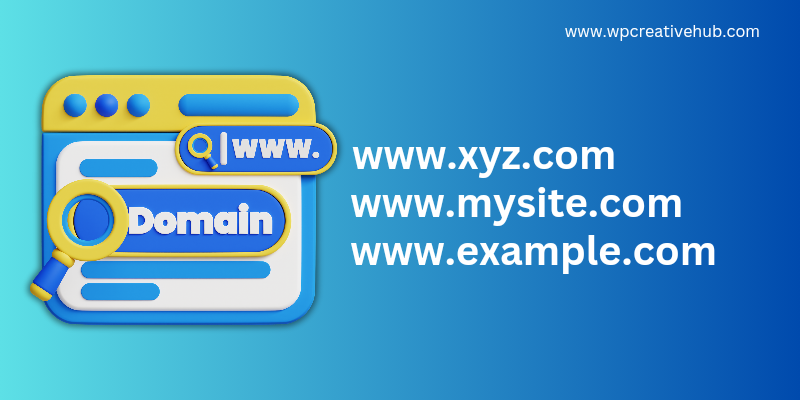
• Installing WordPress
Most hosting providers offer a one-click WordPress installation, making it incredibly user-friendly. Once you’re in the dashboard, you’ll find that it’s well-organized and intuitive to navigate.
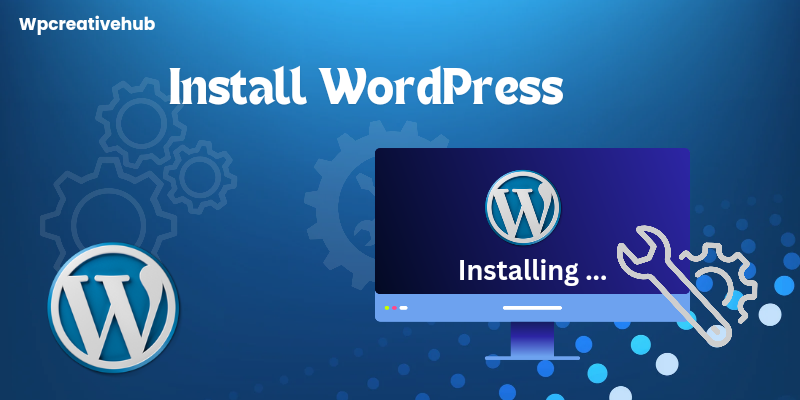
• Configuring Basic Settings for Your Website
After installation, take a moment to set up your site’s basic settings. This includes setting your site title and tagline, adjusting the reading settings, and creating essential pages like Privacy Policy and Contact. These small steps can make a big difference in your site’s professionalism.
4. Designing Your WordPress Website
• Selecting a Theme for Your Site
Choosing the right theme establishes the look and feel of your site. Consider factors like responsiveness (mobile-friendly design), customization options, and clean layouts. The WordPress theme repository has a variety of free and premium themes to suit different styles.
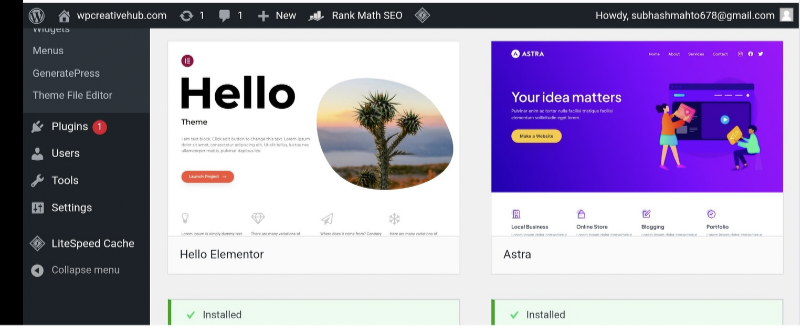
• Customizing Your Theme’s Appearance
Once you’ve selected a theme, delve into customizations. Adjust colors, fonts, and layouts to match your brand. Preview changes live to see how they affect your site’s appearance. Personal touches can truly make your website stand out!
• Adding Essential Plugins for Functionality
Plugins are like apps for your website. Essential ones might include SEO plugins like Yoast or Rank Math, security plugins like Word fence, and performance boosters like caching plugins. Each plugin adds specific functionalities that enhance your website’s performance and user experience.
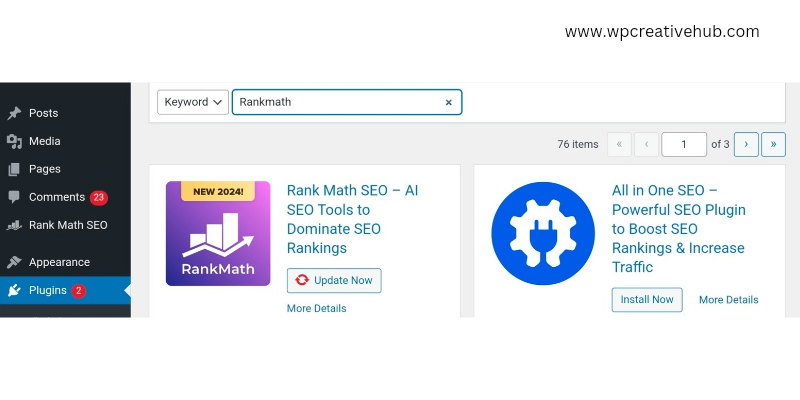
5. Creating Content for Your Website
• Types of Content You Can Create
From blog posts and articles to videos, infographics, and podcasts, WordPress supports various content types. Think about what formats will engage your audience the most.
• Writing and Formatting Blog Posts
When writing, aim for clarity and engagement. Use headings, bullet points, and images to break up text, making it easier to read. Don’t forget to proofread for grammar and spelling—first impressions matter!
•Incorporating Media (Images, Videos, etc.)
Visuals can significantly enhance user engagement. Use high-quality images and videos judiciously to complement your content. Tools like Canva can help you create stunning graphics to support your written words.
6. Optimizing for Performance and SEO

• Understanding Website Performance Metrics
Website performance plays a crucial role in user experience and SEO. Familiarize yourself with key metrics like page speed, bounce rate, and time on page. Tools like Google PageSpeed Insights can provide insights into your site’s performance.
• Basic SEO Practices for WordPress
Implementing basic SEO practices is vital. Start with keyword research to identify the terms your audience is searching for. Use these keywords in your titles, headings, and content, but remember to write for people, not just search engines.
• Tools for Analyzing and Improving SEO
Tools like SEMrush, Ahrefs and Moz can help you analyze your website’s SEO performance. They offer insights into keyword rankings and backlinks and can suggest improvements to enhance your site’s search visibility.
7. Launching Your WordPress Website
• Final Checks Before Launch
Before you hit publish, double-check everything! Review your content, test all links, ensure your site is mobile-friendly, and check loading speeds. A smooth launch can leave a lasting first impression.
• Promoting Your Website After Launch
Once your site is live, it’s time to spread the word! Share your site on social media, collaborate with other bloggers, and engage in online communities related to your niche. Don’t hesitate to use email marketing to reach out to your subscribers.
• Regular Maintenance and Updates
Keep your website fresh by regularly updating content and installing updates for themes and plugins. Regular maintenance not only enhances security but also keeps your audience engaged.
Conclusion
Recap of Key Steps to Building a WordPress Website:
• Define your website’s purpose and audience.
• Set up your WordPress installation effectively.
• Design a user-friendly website.
• Create engaging and varied content.
• Optimize for both performance and SEO.
• Launch and promote your site while keeping it updated.
Importance of Continuous Learning and Adaptation:
Building a website is just the beginning. Stay curious and adapt to new trends and updates in the WordPress ecosystem to keep your site relevant and engaging.
FAQs
1. What are the costs involved in creating a WordPress website?
Creating a WordPress website can be budget-friendly. While hosting and domain registration will incur costs, many plugins and themes are free or have affordable options. Expect to invest in quality hosting and potentially premium themes or plugins depending on your needs.
2. How easy is it to update and maintain a WordPress website?
Updating and maintaining a WordPress site is relatively straightforward, thanks to its user-friendly interface. Regular plugin and theme updates are necessary, but they can usually be done with just a few clicks.
3. Can I create an online store with WordPress?
Absolutely! WordPress offers powerful plugins like WooCommerce, enabling you to transform your site into a fully functional online store effortlessly.
Note:
Creating and launching a WordPress website may seem daunting, but with the right guidance and a step-by-step approach, you can build a site that stands out in the digital landscape. Don’t be afraid to dive in and start creating—your online presence is just a few clicks away!
